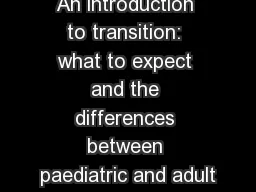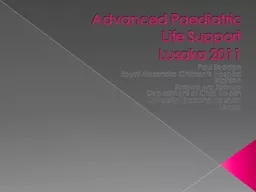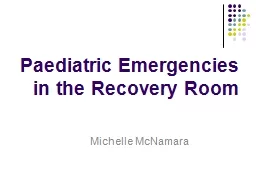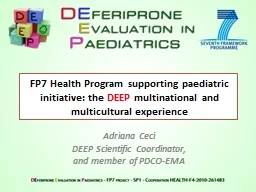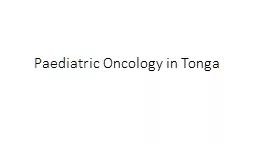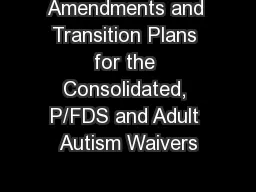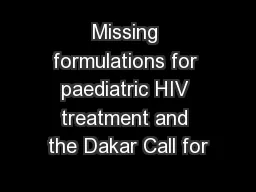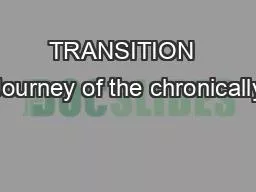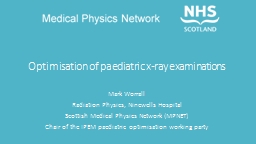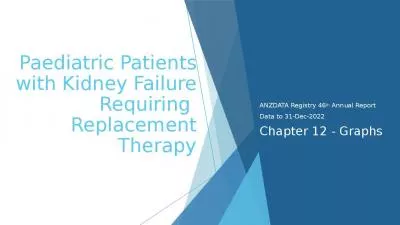PPT-An introduction to transition: what to expect and the differences between paediatric and
Author : phoebe-click | Published Date : 2018-10-29
care Robin Lachmann National Hospital for Neurology and Neurosurgery University College London Hospitals Adolescence describes the teenage years between 13 and 19
Presentation Embed Code
Download Presentation
Download Presentation The PPT/PDF document "An introduction to transition: what to e..." is the property of its rightful owner. Permission is granted to download and print the materials on this website for personal, non-commercial use only, and to display it on your personal computer provided you do not modify the materials and that you retain all copyright notices contained in the materials. By downloading content from our website, you accept the terms of this agreement.
An introduction to transition: what to expect and the differences between paediatric and: Transcript
Download Rules Of Document
"An introduction to transition: what to expect and the differences between paediatric and"The content belongs to its owner. You may download and print it for personal use, without modification, and keep all copyright notices. By downloading, you agree to these terms.
Related Documents

